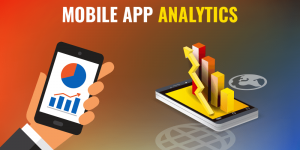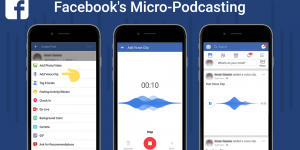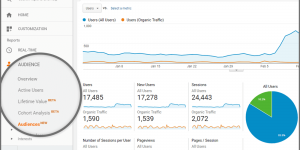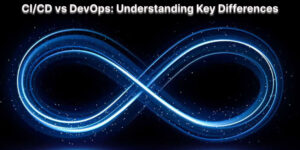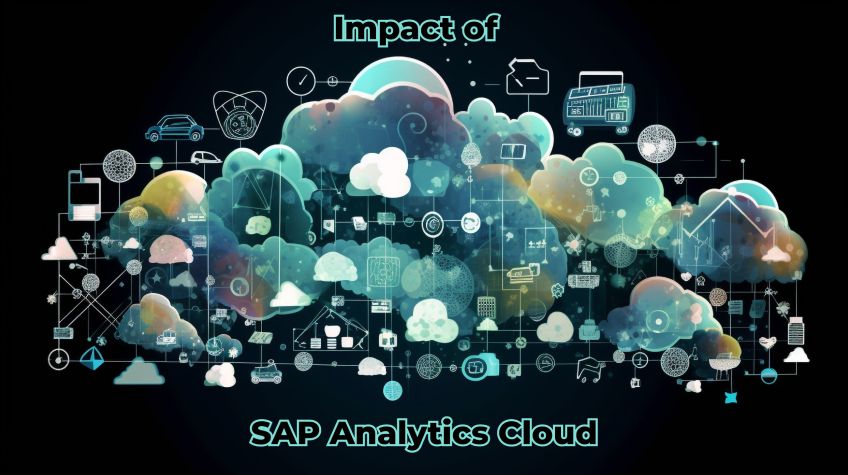
In today’s data-driven world, the power of collaborative analytics is undeniable. As businesses strive to make informed decisions, the need for a robust collaborative analytics platform becomes paramount.
What is Collaborative Analytics?
At its core, collaborative analytics is a strategic approach to data analysis that emphasises the importance of collective involvement and teamwork. Rather than operating in silos, where each department or team analyses data in isolation, collaborative analytics promotes a unified approach to data interpretation and decision-making. Here’s a more detailed breakdown:
1. Shared Data Resources
One of the foundational elements of collaborative analytics is the centralization of data resources. This means that instead of having multiple, disparate data sources, there’s a single, unified repository that all teams can access. This ensures consistency in the data being analysed and reduces the chances of discrepancies.
2. Cross-Functional Teams
Collaborative analytics often involves bringing together experts from various fields. For instance, a project might include data scientists, marketing professionals, finance experts, and operations managers. By pooling their expertise, these cross-functional teams can derive more holistic insights from the data.
3. Enhanced Decision-Making
When everyone has access to the same data and insights, decision-making becomes more streamlined. There’s less back-and-forth, fewer misunderstandings, and a higher likelihood that the decisions made will be in the best interest of the entire organisation.
Related Article: How SAP Analytics Cloud can help Startups Make Better Decisions
4. Real-time Collaboration
Modern collaborative analytics tools often come with features that allow real-time collaboration. This means that team members can work on the same dataset simultaneously, discuss their findings in real-time, and make immediate adjustments based on feedback.
5. Breaking Down Silos
One of the significant challenges many organisations face is the existence of silos—where different departments operate independently of one another. Collaborative analytics actively works against this by promoting inter-departmental cooperation and ensuring that everyone is aligned towards a common goal.
6. Continuous Learning and Improvement
As teams collaborate and share insights, there’s a natural transfer of knowledge. This fosters a culture of continuous learning, where team members are constantly exposed to new perspectives and ways of thinking. Over time, this can lead to more sophisticated analysis techniques and better overall results.
The Power of SAP Analytics Cloud Collaboration
Recent surveys and studies have highlighted the transformative impact of SAC services on businesses:
- A whopping 82% of businesses reported that the SAP Analytics Cloud collaboration feature has significantly enhanced their teamwork.
- 75% of respondents said that SAC has accelerated their decision-making process.
- An impressive 69% of businesses saw an increase in their revenue after implementing SAC.
Real-World Applications: Success Stories with SAC
To further illustrate the power of collaborative advanced analytics data sharing, let’s look at some real-world examples:
- A global food and beverage giant leveraged SAC to share insights with its sales team, leading to the identification of new opportunities and a spike in deal closures.
- A top-tier retailer utilised SAC for analytics and collaboration with its marketing team, resulting in more targeted and impactful marketing campaigns.
- A leading manufacturing firm tapped into SAC to share insights with its supply chain team, leading to enhanced efficiency and cost reductions.
- The Broader Landscape of Collaboration Analytics Software
While SAC is a frontrunner, the broader landscape of collaboration analytics software is evolving rapidly. According to a study by Forrester:
80% of businesses consider collaborative analytics crucial to their success.
65% have seen an improvement in customer satisfaction due to collaboration analytics.
60% reported a reduction in their time to market, thanks to analytics and collaboration.
Furthermore, the rise of social data analytics collaboration for the enterprise underscores the importance of integrating social media insights into the collaborative analytics process.
Collaboration Features in SAP Analytics Cloud
Collaboration is at the heart of modern business operations. With the increasing complexity of data and the need for diverse teams to analyse and interpret this data, collaboration tools have become indispensable. SAP Analytics Cloud recognizes this need and has integrated several features to enhance collaborative efforts.
Shared Digital Boardroom: The Shared Digital Boardroom is a revolutionary feature of the SAP Analytics Cloud. It acts as a virtual war room where teams can come together to visualise, discuss, and dissect data in real-time.
Interactive Dashboards: The boardroom offers interactive dashboards that allow users to drill down into specific data points, making discussions more focused and productive.
Unified Space: No more toggling between different tools or screens. Everything you need is in one place, ensuring that the team’s attention remains undivided.
Real-time Collaboration: Team members can join the boardroom from anywhere in the world, making it perfect for global teams and remote workers.
Commenting and Annotations
Understanding complex data requires collective intelligence. The commenting and annotations feature in SAP Analytics Cloud ensures that insights and observations are not lost.
Contextual Notes: Users can add notes directly to specific data points or visualisations, ensuring that their observations are contextually relevant.
Collaborative Feedback: Team members can comment on these annotations, sparking discussions and leading to deeper insights.
Historical Tracking: All comments and annotations are saved, allowing teams to revisit previous discussions and track the evolution of insights over time.
Live Data Connectivity
In the fast-paced world of business, outdated data can lead to misguided decisions. SAP Analytics Cloud’s Live Data Connectivity ensures that everyone is working with the most recent data.
Real-time Updates: As data sources are updated, so are the visualisations and dashboards in the Analytics Cloud. This ensures that decisions are based on the latest information.
Consistent Data Views: All team members see the same data, eliminating discrepancies and potential conflicts.
Direct Connectivity: The feature connects directly to primary data sources, reducing the need for data replication and potential errors.
The Future of Collaborative Analytics
As businesses continue to recognize the value of a cloud-based workflow management solution for collaborative analytics, platforms like SAC are set to dominate the market. Their ability to foster real-time collaboration, combined with advanced analytics capabilities, makes them indispensable for modern enterprises.
In conclusion, the fusion of analytics and collaboration is not just a trend but a necessity. Tools like SAP Analytics Cloud are paving the way for businesses to harness the full potential of collaborative analytics, ensuring a brighter, data-driven future. If you’re looking to optimise your business processes with the best in the industry, consider reaching out to a SAP analytics cloud consultant.


